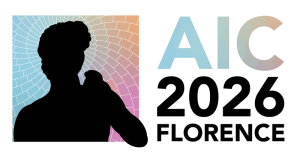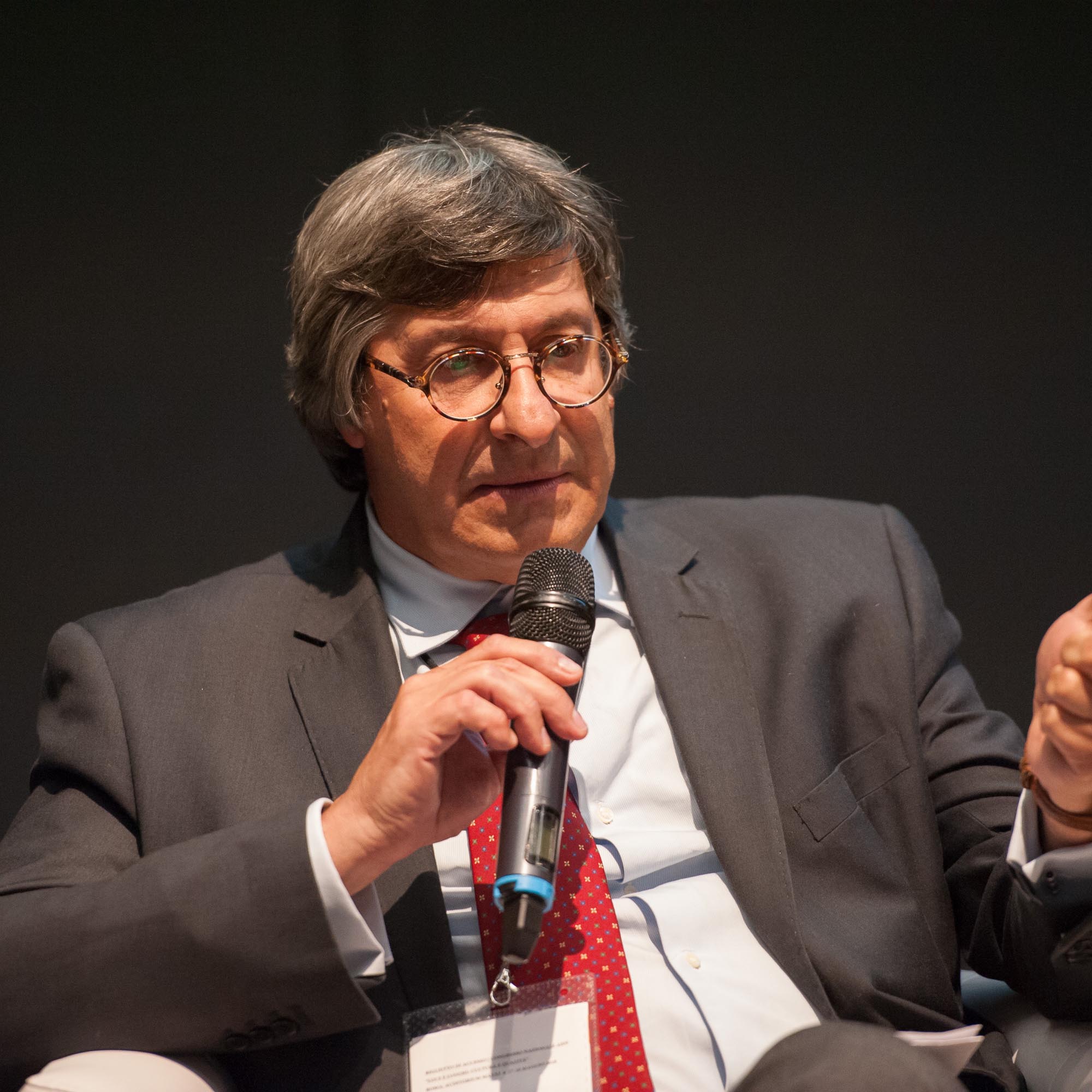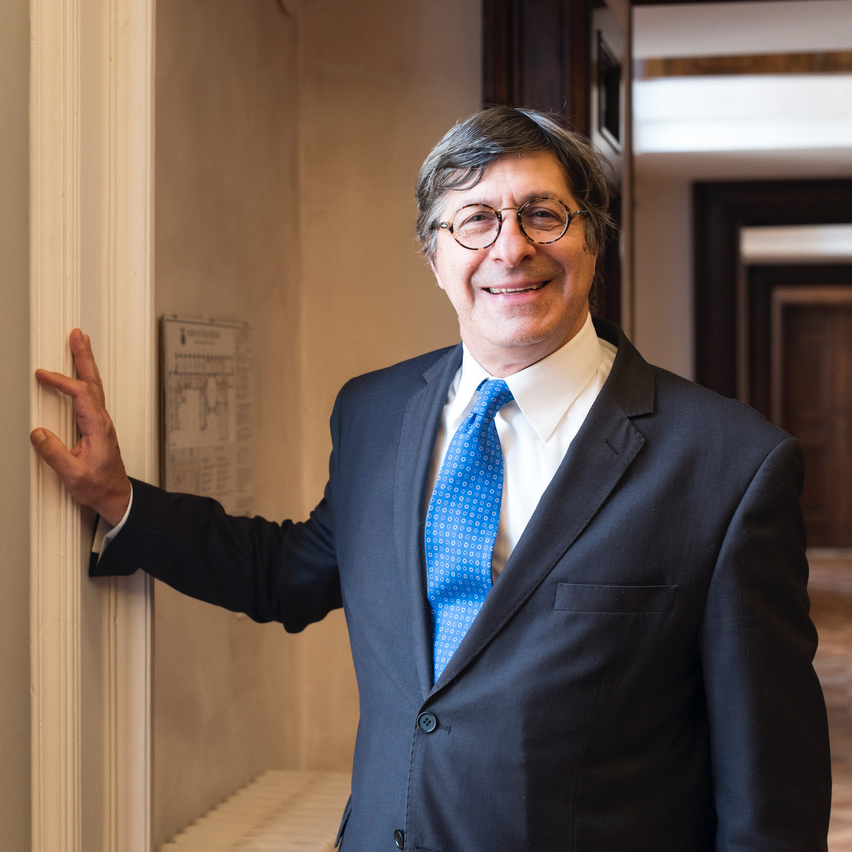Marco Leona
Short Bio
Marco Leona is the Head of the Department of Scientific Research at The Metropolitan Museum of Art.
He completed his studies in Italy with a Laurea in Chimica and a PhD in Crystallography and Mineralogy from Universita’ degli Studi di Pavia.
Prior to joining the Metropolitan Museum Dr Leona worked at the Freer Gallery of Art in Washington DC, and at the Los Angeles County Museum Art LACMA. At the Metropolitan Museum of Art, he supervises a team of twenty scientists conducting research on artists’ materials and techniques, and on art conservation. From 2009 to 2021 he taught scientific methods to art conservation students as Research Professor at New York University’s Institute of Fine Art.
Dr. Leona’s research interests include the study of Japanese painting techniques and materials, and the application of Surface Enhanced Raman spectroscopy to the analysis of natural and synthetic dyes. Dr. Leona’s work on surface-enhanced Raman scattering has been published in Angewandte Chemie, Analytical Chemistry, PNAS, Accounts of Chemical Research, and the Journal of Raman Spectroscopy.
Dr. Leona was the co-chair, with Rick Van Duyne, of the 2009 Mellon-NSF workshop on Chemistry and Materials Research at the Interface between Science and Art, and the co- chair, with Heinz-Eberhard Mahnke of the first Gordon Research Conference on Scientific Methods in Cultural Heritage Research, in 2012.
Abstract Title
The art and science of color: four thousand years of experimentation and discovery through the collections of the Metropolitan Museum of Art
Abstract
What have Tutankhamun funerary linens in common with Nadal socks after a Roland Garros final? What can a speck of pink tell us about the mysterious old woman depicted in a first century Roman statue? What contributed, more than Mexican gold to pay Charles V debts to the Augsburg bankers? Why there are no Japanese landscape prints dating to before 1820, and who is really responsible for Hokusai’s masterpieces? What is the color of modernity?
The creation of a work of art is a process often depicted as untouched by material constraints. Pure, unfettered inspiration, without the limitations imposed by physics. It should be evident, however, that only with materials having defined physical properties a certain esthetic effect can be obtained.
The quest for color, for beauty is a fundamental constant in human history, as well as an economic engine, and an inspiration for art and technology alike.
While we easily recognize that the desire to produce richer and more lively images is a clear driver to seek new materials, on the other side of the world, in mines or forests, or in the crucibles of the alchemist (or of his modern counterpart, the chemist), we often overlook how new materials lead to new esthetics.
Using advanced analytical chemistry we can build a material history of art based on physical evidence gathered from masterpieces spanning four millennia, from ancient Egypt to Modernity, demonstrating that technological developments were not only readily embraced, and often prompted by artists and their audiences, but also that they in turn created new forms of expression.
Pietro Palladino
Short Bio
Pietro Palladino, Ingegnere elettrotecnico, iscritto all’Ordine degli Ingegneri della Provincia di Milano. Titolare di uno studio professionale che opera a Milano dal 1990 nel campo della progettazione illuminotecnica. All’attività di progettista affianca quella di consulente tecnico per amministrazioni pubbliche, aziende produttrici, enti culturali. È autore di diverse pubblicazioni, tra cui due manuali d’illuminotecnica.
Professore a contratto del Politecnico di Milano dove insegna progettazione della luce nelle Facoltà di Architettura e Disegno Industriale. Docente al Master di I° Livello in Lighting Design & LED Technology, Poly.Design Milano e alla Scuola di Specializzazione SSBAP del Politecnico di Milano. Consulente tecnico del Tribunale di Milano, Presidente Onorario APIL (Associazione Italiana Professionisti dell’Illuminazione).
Abstract Title
Color rendering variations in paintings in function of their surface reflection characteristic
Abstract
coming soon




